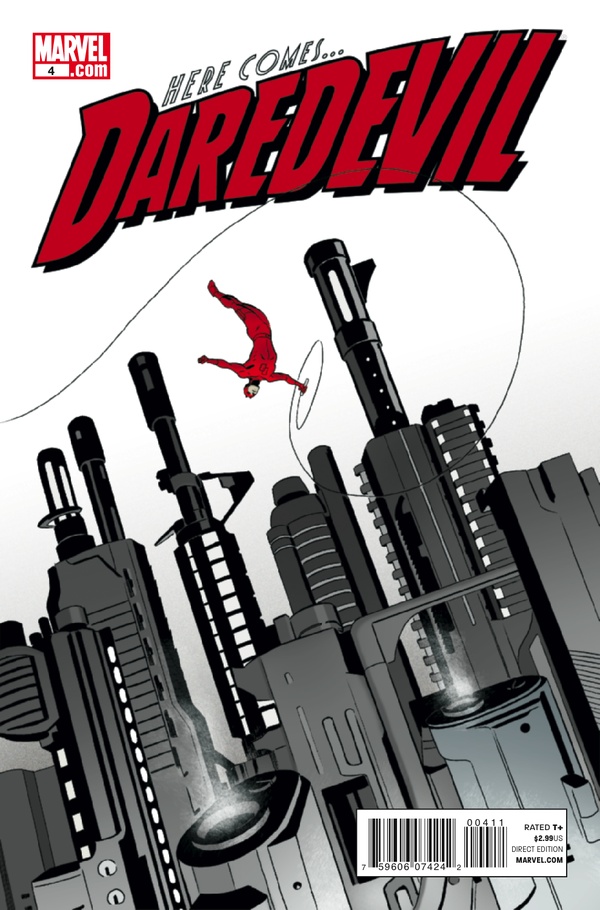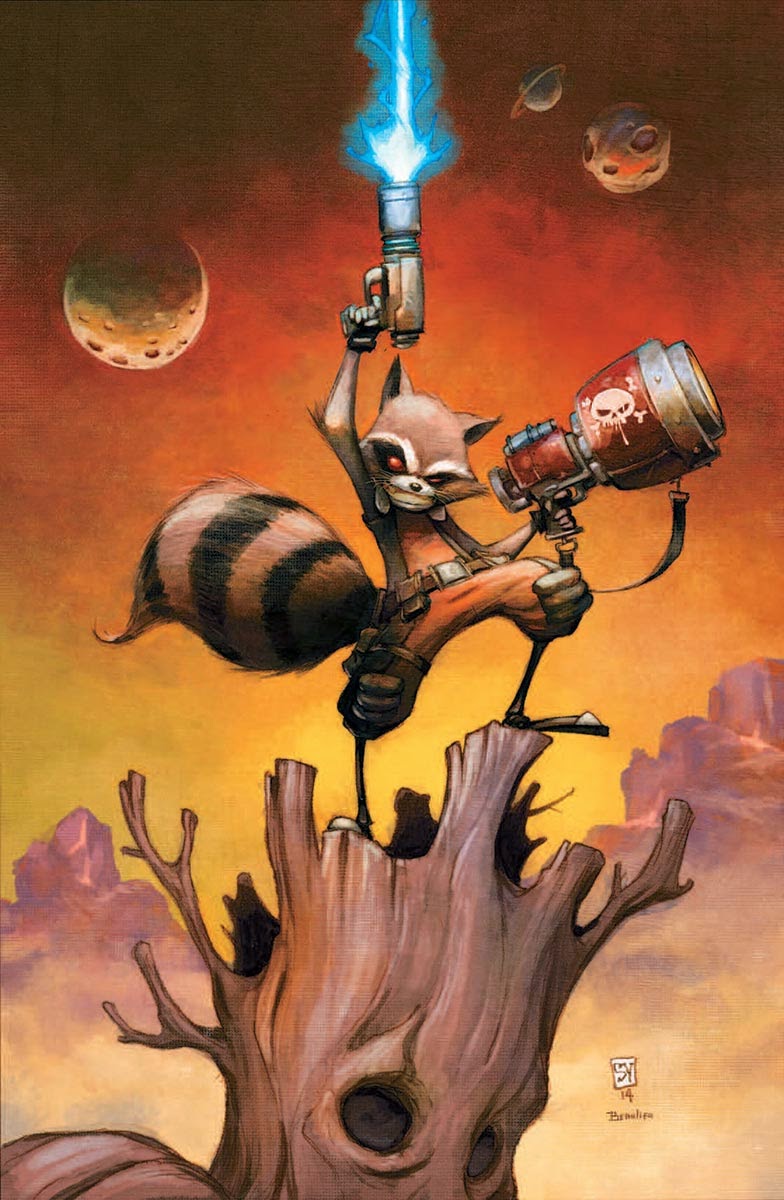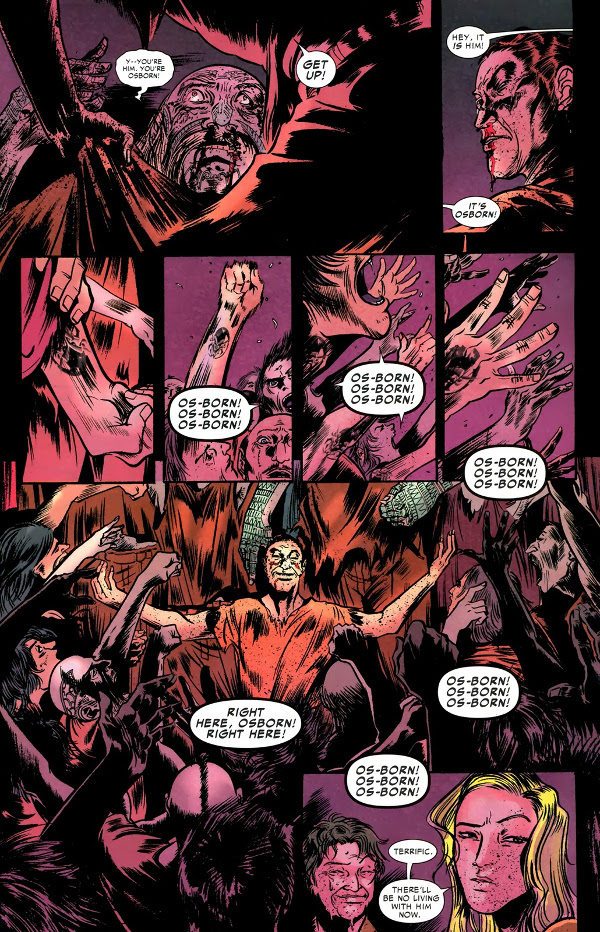The Indispensable Value of Marvel and DC in a Creator-Owned Era
If creator-owned is the new endgame, what does that mean for Marvel and DC?
Telling your own stories is the new endgame for comic creators. That means we should chisel the tombstones for Marvel and DC, right? “Here lies Marvel and DC, the former Big Two” and all of that. Who needs them in this new era of comics? Creator-owned is all we need.
Not quite.
Even in Robert Kirkman’s manifesto, the future still included Marvel and DC (although in a different form). They’re paramount to the success of comics. They are and likely always will be important to the overall comic book ecosystem, and are in their own way a huge part of what makes creator-owned comics themselves as marketable as they are.
 “Opposite to what it was before where you’d form yourself in your own comics and then graduate to the big companies, now the big companies are going to form you in order to graduate you to your own comics,” The Private Eye’s Marcos Martin said. “That’s why I think Marvel and DC are indispensable. They’re great. That means there is an industry. We need that industry in order to bring creators and form them so they can at one point put together their own stories.”
“Opposite to what it was before where you’d form yourself in your own comics and then graduate to the big companies, now the big companies are going to form you in order to graduate you to your own comics,” The Private Eye’s Marcos Martin said. “That’s why I think Marvel and DC are indispensable. They’re great. That means there is an industry. We need that industry in order to bring creators and form them so they can at one point put together their own stories.”
Martin expanded on that idea further.
“I don’t think people realize (they’re indispensable), as it’s always been a battle between them and the smaller companies,” he said. “You need them. They are the industry. Because I come from a country where there is no comic book industry at all (Spain), that is something you need because you need to have an industry for people to be able to make a living from comics.”
Even for successful creators like Faith Erin Hicks, it can mean a lot. Work for hire – not just at Marvel or DC, but anywhere – offers financial steadiness that most creators starting out struggle to reach. It’s easy to see the value for Hicks.
“In 2013 I co-wrote and drew a video game prequel comic, The Last of Us: American Dreams,” she said. “It paid more money than I’d ever been paid before, and allowed me to become a lot more financially secure. So that’s the big plus of doing work for hire: it really pays well!”
Earning income from for-hire work allows many creators the freedom to work on creator-owned comics. Doing for-hire work is not as black and white as “selling out” or any such nonsense. Creating comics is living in the gray, and when you’re struggling to pay the bills, a higher-paying for-hire gig is attractive.
 It also can help prepare writers and artists to survive the rigors of controlling their own fates in the creator-owned world. While much ado is made over the rigors of editorial oversight at Marvel and DC, for Skottie Young, it’s those same people that helped him gain confidence in bringing his creator-owned comic I Hate Fairyland to life.
It also can help prepare writers and artists to survive the rigors of controlling their own fates in the creator-owned world. While much ado is made over the rigors of editorial oversight at Marvel and DC, for Skottie Young, it’s those same people that helped him gain confidence in bringing his creator-owned comic I Hate Fairyland to life.
“It has not just been important,” Young said when asked about how his Marvel experience prepared him to create his own comic. “It has been everything.”
“But I don’t work with a company. I work with people. I work with Nick Lowe, Sana Amanat, Devin Lewis, George Beliard, Charles Beacham, Jon Moisan, David Gabriel, CB Cebulski, Axel Alonso, Joe Quesada, Dan Buckley, and David Bogart, and on and on. I work with a ton of great people who all have different tastes and skills and have helped me be a better creator over these years,” he added. “Those people – my friends – helped me learn how to make comics, both creatively and (in) how the business of it all works.”
Emma Rios has moved on from her four years working at Marvel to co-create or work on projects like Pretty Deadly, 8House and Island magazine. While she’s moved on, she carries what she learned there with her.
“Working at Marvel to me was like going to college again. It helped me to land in an unknown and huge market and to start to understand how professional comics work,” she said.
It wasn’t just what she learned though. She also forged relationships that changed her career and life, both with other creators and readers.
“It allowed me to meet great people, too, including my dear sister Kelly Sue (DeConnick) — that says a lot, huh? — and got me some exposure.”
 Rios added that without her Marvel experience, she may not have been able to make the leap to working on Pretty Deadly. While that may seem obvious, as she met DeConnick when they worked together on Osborn, it goes beyond that.
Rios added that without her Marvel experience, she may not have been able to make the leap to working on Pretty Deadly. While that may seem obvious, as she met DeConnick when they worked together on Osborn, it goes beyond that.
“It helped me a lot to stabilize my economy,” she said. “If it weren’t for that I wonder if I would have been able to gamble with Pretty Deadly.”
The gamble paid off for Rios, who called the move a “life changing decision” made possible because she had built up savings in her time at Marvel. Her for-hire work made it possible to not just survive the transition to creator-owned, but to thrive once she got there. That’s valuable, and further proof of the veracity of what Martin said. Comics are stronger with both for-hire jobs for creators of all types and options for those looking to tell their own stories. In an ideal state, they are two sides of the same coin, working together to enhance both the industry and the medium. Where things are thrown off is when one side has all the power, particularly on the Marvel and DC side.
“Marvel and DC have to be the foundation, and it has to grow from there. The problem is when Marvel and DC are the only options. Then we have a problem,” Martin said. “The moment that we grow and we have other options for creators and for readers; Marvel and DC are not the problem anymore.”
“On the contrary, they are, again, indispensable.”
Thanks to Faith Erin Hicks, Marcos Martin, Emma Rios and Skottie Young for the contributions to this piece. Art in the header by Mike and Laura Allred and on the page by Marcos Martin, Faith Erin Hicks and Emma Rios.
